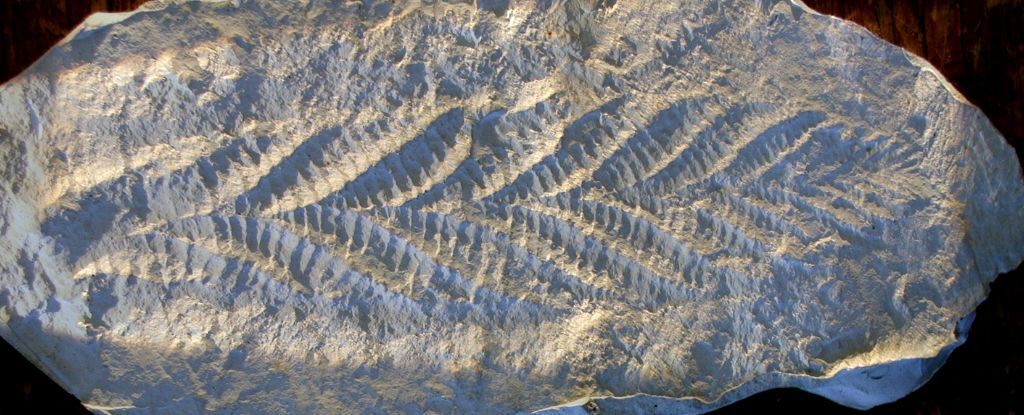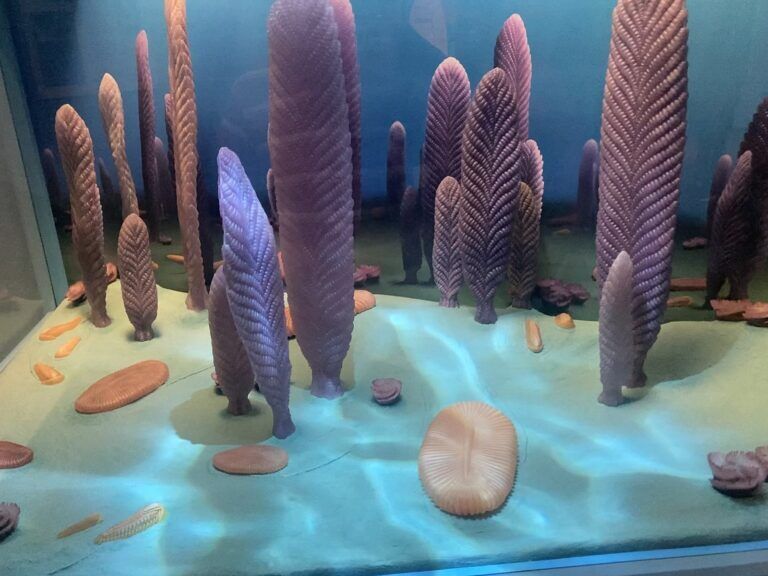Two children accidentally solved "Charles Darwin's worst problem"

In 1956, teenagers Tina Negus and Roger Mason accidentally found a fossil that helped solve one of the most vexing problems of Charles Darwin's theory of evolution. Negus and Mason were playing in the Charnwood Forest in the United Kingdom when they noticed a print on a rock.
The print looked like a fern, but Negus and Mason knew that the rocks were too old to contain ferns. Negus showed the print to her geography teacher, but he didn't believe her. A year later, Mason rubbed the print with a pencil so that his father could pass the drawing on to a local university professor, ScienceAlert writes.

Read more: World's oldest preserved brain accidentally found in fossilized fish
The teacher, geologist Trevor Ford, confirmed that the print was a fossil of a Precambrian plant that probably once lived on the seabed. He named the tubular life form Charnia masoni in honor of Mason. The discovery of Charnia masoni came as a shock to the scientific community.
It was the first evidence of complex life before the Cambrian explosion, which was a period of rapid evolution that occurred about 540 million years ago.
The discovery of Charnia masoni helped to solve one of the most painful problems of Darwin's theory of evolution. Darwin was unable to explain where all this diversity of life suddenly came from and how it evolved so quickly.
The discovery of Charnia masoni showed that complex life existed on Earth much earlier than previously thought. This gave Darwin evidence that evolution could occur over a long period of time, rather than as a result of a rapid event.

This discovery also helped change the way we understand the history of life on Earth. It showed that the Earth was much more diverse than we had previously thought, and that life had existed for much longer than we thought.
The discovery of Charnia masoni was one of the most important discoveries in paleontology. It helped solve one of the most painful problems of Darwin's theory of evolution and changed our understanding of the history of life on Earth.
Read on to find out how an ancient statue dating back to 1450 was accidentally found in Mexico.
If you want to get the latest news about the war and events in Ukraine, subscribe to our Telegram channel!
